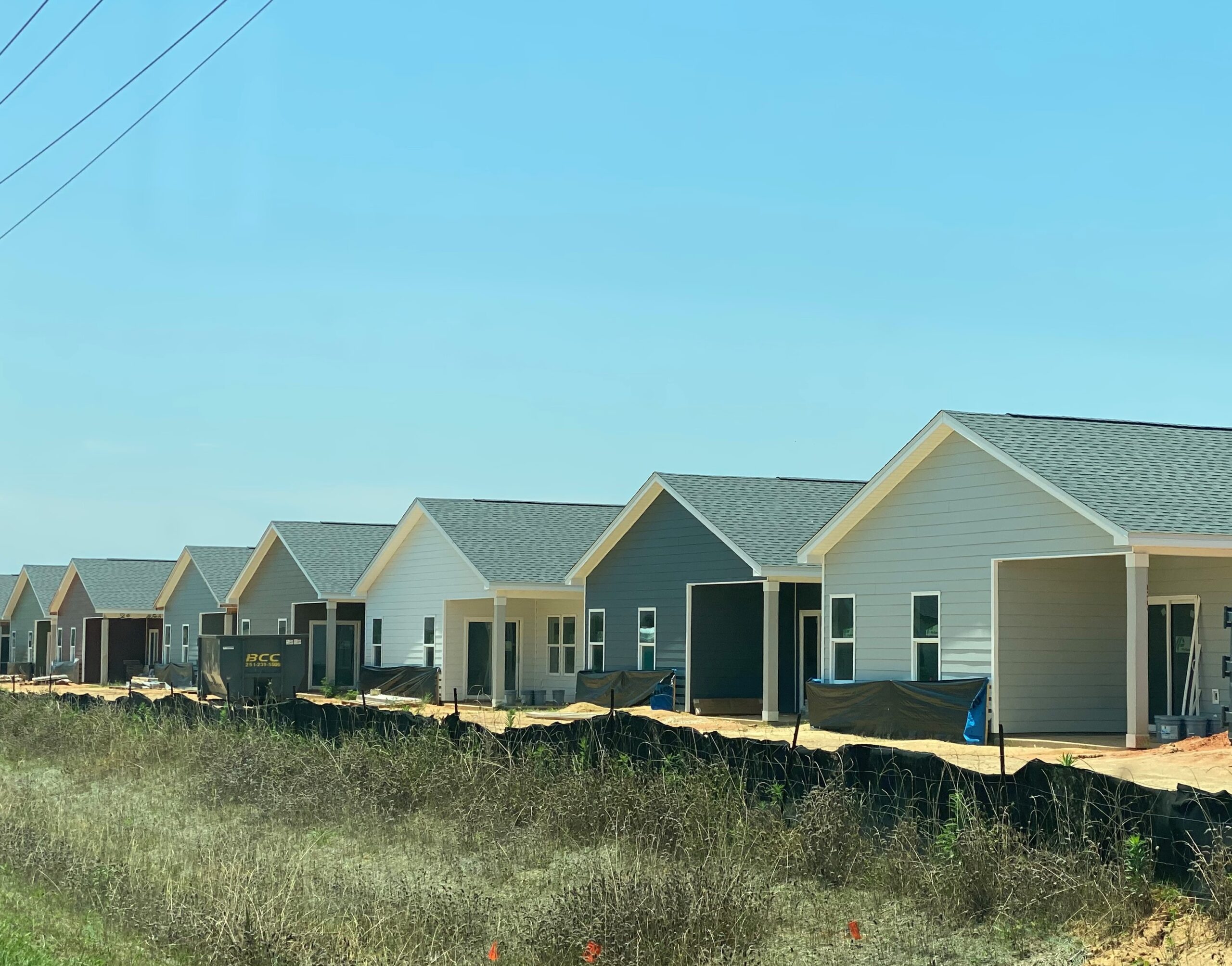FOLEY – A plan to guide development and protect homes from flooding and hurricane damage is being developed for the Gulf Coast with Foley as one of the pilot cities in the program.
Foley is the only Alabama city in the pilot program being developed by Smart Home America with funding from the U.S. Environmental Protection Agency. The city is also working with Mississippi State University’s Gulf Coast Community Design Studio and the Mississippi Department of Marine Resources to develop a Resilient Housing Plan
Jay Estes: a consultant with Allen Engineering and Science working with Foley on the project, said the plan is intended to find ways to protect homes from storms and other hazards.
“How do we, particularly in the Gulf South, create a stronger, more resilient housing stock? If you live in the Gulf South, either you have been affected by or you know someone whose home has been affected by a natural disaster, whether that be a flood or hurricane or tornado, something,” Estes said.
He said Foley is one of the cities where the project is being studied.
“The city of Foley is a pilot community in testing out this housing planning guide to see if it does, in fact work,” Estes said. “Part of our charge here is to follow the guide as closely as we can, so that once we have a developed plan, we can go back to Smart Home America and we can go back to EPA and say one of several things. Yes, the guide works. No, it doesn’t or it kind of works, but here are some things that can be done to the guide to make it better.”
Miriam Boone, Foley community development director, said one initial part of the project will be to conduct a study of local housing and the impact of flooding and other factors.
“From that, determinations will be made about how we progress in the future, if there’s funding available and those types of things, but it has to start with the study so we know what to aim toward, to have set goals,” Boone said.
Project developers will be meeting with residents to hear opinions on the plan and development. Organizers will use public comments to help develop a Community Resilience Index.
“The Community Resilience Index is a very dynamic, community-driven process,” Estes said. “It is a community self-evaluation where the community determines its own level of resilience.”
Estes said one factor in the study will be how strong local building codes have helped protect Foley buildings from the impact of storms in the recent past.
“Foley has been a leader in a lot of respects in terms of its own policies that guide construction practices and development practices in the city,” Estes said. “They’ve got more, in comparative terms, pretty well developed and enhanced building codes and other public policies that help ensure that new houses that are being built are going to be more resilient.”
Boone said Foley is one of the top three cities in the United States in the number of homes designated as “fortified.” Fortified homes are built with reinforced roofs and other measures intended to protect the buildings from storm damage.
Estes said another part of the plan could include studying development trends. He said city policies could be developed to encourage shifting development from high-risk areas to locations where the risk is lower.
“When we talk about high-risk areas, we’re talking about areas that are in or near areas that are subject to frequent flooding or that are in areas that may be more susceptible to high winds from tropical events or things of that nature,” Estes said.
The plan will also include a four-phase approach to disaster housing that will consider storm shelters, temporary housing, repairs to existing housing, then replacement housing as needed depending on the severity of the event.
The city was selected as a pilot community to develop a Resilient Housing Plan as part of an EPA-funded project titled: “Community Resilience Housing Guide: Creating a Stronger Post-Disaster Housing Framework for the Gulf Coast.”
The goal of the plan is to: reduce damage and loss of current housing and acquire funding after a storm to mitigate losses. The plan also includes improving planning and building standards for new and renovated housing to reduce damage and loss in the future.


